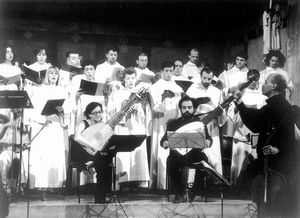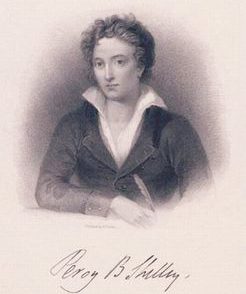Buskers on the bridge, gelati and late-night street-eating. For the Grand Tourist, evidently niente cambia.
Many travel agents today offer enticing holidays to Europe promising sun or snow, beautiful cities and breath/taking countryside. A relatively recent enterprise one may think, yet it was thanks to Thomas Cook back in the middle of the 19th century that the ‘Grand Tour’ became affordable for the British middle class, rather than just the aristocracy. Improvements in public transport and in travel by ship meant that Americans could also go in search of their European heritage: Henry James was famously resident in Florence, and he regarded the view from his villa on Bellosguardo as simply “the most beautiful in the world.”
Another celebrated American visitor was Mark Twain, whose anecdotes were published in The Innocents Abroad in 1869. In Florence, Twain seems to have been more impressed by the local artisans and jewellers than “the endless collections of paintings and statues of the Pitti and Uffizi galleries.” What delighted Twain above all, was the fact that these craftsmen were given old-age pensions.
“[Florence] is grateful to the artists that bring to her this high credit and fill her coffers with foreign money, and so she encourages them with pensions. With pensions! Think of the lavishness of it!”
By the time Twain visited, the tradition of the Grand Tour was well established. It reached its peak in the mid-18th century when northern Europeans, particularly British aristocrats, aspiring to a rounded education would head south, their sights firmly fixed on Italy with its wealth of art, artefacts and Classical ruins. Florence, with its exquisite sculptures, was a major stopping off point, but the main focus of any Grand Tour was Rome, with its abundance of ancient ruins, remains and awe-inspiring Classical buildings. The more adventurous visitor would go on to Naples and the surrounding area, where the excavations of Herculaneum and Pompeii had begun in the 1730s and ‘40s. An even more spectacular draw was the sight of Vesuvius erupting, as British visitor Mrs Thrale vividly described in the mid-18th century:
“columns of flame, high as the mountain’s self, shoot from its crater into the clear atmosphere with a loud and violent noisewhile a thick cloud, charged heavily with electric matterwent off in such a manner as effectually baffles all verbal description.”
Thanks to travellers like Mrs Thrale, a new market arose in which copies of famous art works were made, ancient ruins – real or imagined – were drawn, etched or painted, and sacred relics were sold to wealthy and often gullible tourists. The less gullible were responsible for carting off some of the finest Renaissance art works. Masaccio’s Florentine Madonna and Child, for instance, is now one of the many Italian treasures in the National Gallery, London. Today, this craze for ‘Taking Tuscany Home,’ as Frances Mayes puts it, has led to mass-produced Masaccios, plastic Davids and Botticelli tea-towels, but the concept of the repro-souvenir has changed little over the centuries. Indeed, Mark Twain thought the copies rather finer than the originals, writing home of Florence’s
“…roomy shops filled to the ceiling with snowy marble and alabaster copies of all the celebrated sculptures in Europe, copies so enchanting to the eye that I wonder how they can really be shaped like the dingy petrified nightmares they are the portraits of…”
Quite apart from the art (and the souvenirs), many visitors were attracted by the warmth of the climate: “No damps, no fogs, no vapours, no gloomy suicide-weather, which never fails to render us miserable and melancholy.” (Lord Cork and Orrery, c1750)
But some were inevitably disappointed and ill-prepared. Winter residents complained of the cold and the lack of efficient heating in houses. If that sounds familiar, perhaps this does too: “Swirling snow and thick fog enveloped most of Italy, and Florence recorded nearly 10 inches of snow
Temperatures in northern Italy dropped as low as minus-17 Celsius.” (ABC News, 30 December 2005)
Yet two and a half centuries before global warming was being blamed for such freak weather conditions, ‘grand tourist’ Robert Adam wrote home:
“What way do you think I have spent these three mornings? I wager you won’t guess. Why, in short, skating on the ice! Never was so cold weather in Scotland as we have had in a continuance of here for five or six weeks. The Arno is frozen from one side to the other.”
The poet Thomas Gray paints a very different scene of the River Arno in the Summer of 1740, when he was not skating on ice but eating it to cool down in the heat of the night:
“We are settled here in a charming apartment; the river Arno runs under our window. The sky is so serene, and the air so temperate, that one continues in the open air all night long in a slight nightgown.and the marble bridge is the resort of every body, where they hear music, eat ices, and sup by moon-light.”






